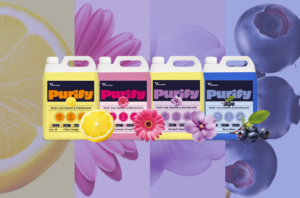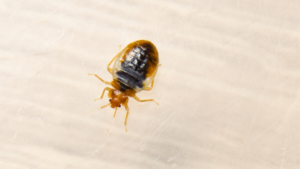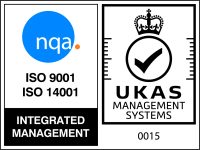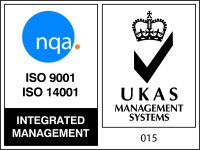Antibacterial, sanitising, and disinfectant wipes. What’s the difference?
People use wet wipes to clean an array of surfaces, from toilets to tables. Unless you’ve been self-isolating the entire year, you’ve likely seen them being used frequently. But do they all have the same effect? If you look around, you’ll notice wipes in various categories. Antibacterial, disinfectant, and sanitising are three common types.
We often assume these are all the same, but it’s not that simple. There are general differences in the market. If you operate a commercial environment, specific certifications give you an extra guarantee that your wipes are effective.
Let’s have a look at those differences.
Is there a difference?
You might be wondering if there’s a difference at all. Although there is a distinction often made between disinfection and sanitisation generally, when it comes to wipes, both product types usually advertise exactly the same benefits.
The main differences are in the individual product details. It’s worth looking at the fine print to ensure you have the right product. There are typically trends that exist among products with any of these three labels. However, they are often used interchangeably and can share many of the same properties.
Always read the packaging to verify the strength and certification of the wipes. Usually, all three inactivate viruses and bacteria. But doing both isn’t a requirement.
Important properties
It’s best to look at products and their properties individually. Then you can prioritise which features matter most for your use and environment. All three wipe categories have a mix of these common properties:
- Safe for food
- Safe for skin
- Antibacterial (bactericidal)
- Antiviral (virucidal)
- Tested and verified by regulators
- Takes X amount of time to disinfect
- Fragrances and alcohol content
- Whether they contain surfactants that remove dirt/grease
Sanitising wipes
Wipes labelled as sanitising usually inactivate viruses and bacteria. Sometimes, they include surfactants that remove light dirt and grease too. They’re commonly marketed for use on the skin and in hospitality environments. Make sure your requirements are stated somewhere in the instructions or packaging to be sure.
Key benefit:
Sanitising wipes are versatile, multi-purpose wipes. They are suitable for frequent use in food environments and on human skin.
Disinfectant wipes
Disinfectant wipes disinfect surfaces, but don’t always remove both bacteria and viruses.
Wipes labelled this way are rarely intended for use on the human body and are often more potent. This puts them in the surface disinfectants class (as opposed to human hygiene). They can include harsher ingredients that are not suitable for the skin. However, they may offer more potent antimicrobial properties.
Key benefit:
Potentially more effective disinfectant properties.
Antibacterial wipes
Antibacterial simply refers to the property of eliminating and preventing the growth of bacteria. Although many antibacterial wipes inactivate viruses too, they only need to be validated for bactericidal properties.
To ensure you purchase wipes tested against both viruses and bacteria, read the claims on product packaging. If a product labelled as antibacterial also inactivated viruses, it would say so. For additional verification, look for EN 13697 and EN 14476 compliance.
Key benefit:
Best used alongside cleaning products that also work against viruses.
Important Certifications
If you operate a commercial environment, it’s essential to have verifiably effective disinfectant products. These British standards ensure the product has been tested for its advertised purposes.
Here are the most important certifications to look for when purchasing wipes
- BS EN 14476 – tested against enveloped viruses.
- BS EN 1276 – tested against bacteria.
For use on skin:
- BS EN 1500 – hygienic rub.
- BS EN 1279 – surgical hand disinfection.
Conclusion
Manufacturers choose to label and sell their products in various ways. The constant overlap of features can confuse buyers. But as you can see, what the product does and if it’s verified are the key things to look for when searching for disinfecting wipes.
Think about where you will be using the wipes, and how frequently. Then you’ll know what wipes are appropriate!








